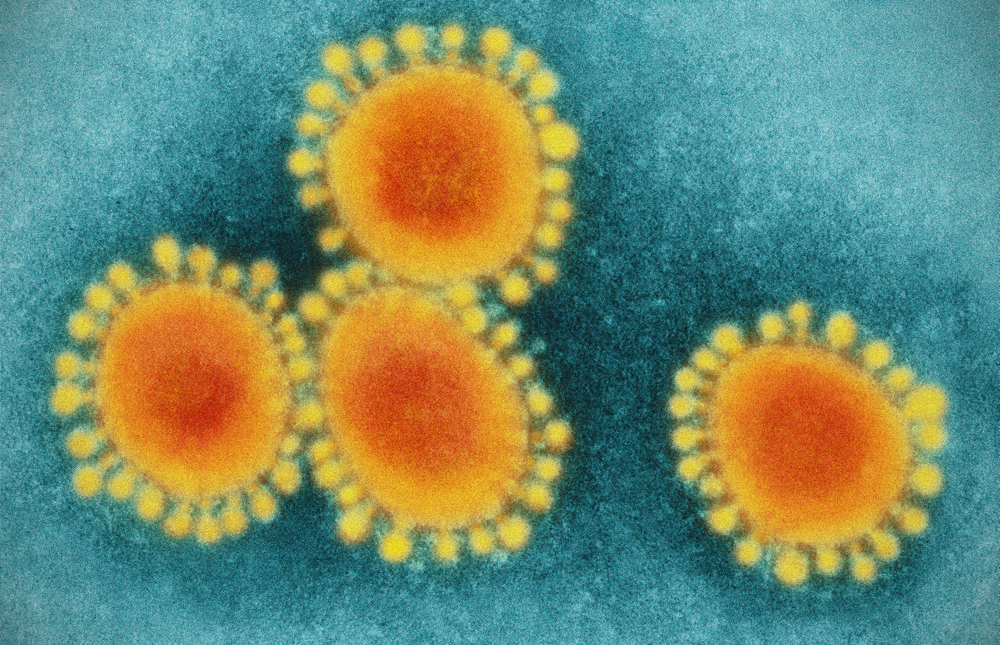
What is being tested?
Hepatitis C is a virus that can infect and damage the liver. In most cases, it is contracted through exposure to blood (usually from sharing contaminated needles while injecting drugs or, before 1990, through a blood transfusion. It can also be passed from mother to baby. Other ways it can occasionally be transmitted include needlestick injuries in a healthcare setting, tattooing, body piercing and rarely through sexual transmission. Hepatitis C antibody is produced in response to exposure to the hepatitis C virus (HCV). The most common test for HCV looks for these antibodies in your blood. Other tests detect the presence of the actual virus, the amount of virus present, or determine the specific subtype of virus.
How is it used?
Each of the six most common tests has a slightly different purpose:
When is it requested?
Hepatitis C infection is a common cause of chronic liver disease . About 75-85 per cent of those infected develop chronic hepatitis, and about 20 per cent of those develop cirrhosis. HCV testing is recommended in the following cases:
* The blood supply has been monitored in Australia since February 1990, and any units of blood that test positive for HCV are rejected for use. The current risk of HCV infection from transfused blood in Australia is less than 1 case per million transfused units.
HCV testing is done in a sequential way. First an anti-HCV test is done. A positive anti-HCV test may be confirmed with an HCV RIBA test, especially if the test is "weakly positive" or "discordant". A positive anti-HCV test is usually followed by a Qualitative HCV-RNA test to see if the infection is still present. HCV viral load and genotyping may be done to plan treatment. Viral load and qualitative HCV RNA are also used to monitor response to treatment to see if the virus has been or is being eliminated.
What does the result mean?
If the antibody test result is positive by two different methods, it is likely you have been infected with hepatitis C, even if you have no symptoms.
A positive RIBA confirms that you had been exposed to the virus, while a negative RIBA indicates that your first test was probably a false positive and you have never been infected by HCV although to confirm typically further testing later on is required. The RIBA test may also be reported as "indeterminate", which means that the test cannot confirm whether you have been exposed to HCV or not.
A positive (or detectable) HCV RNA means that you are currently infected by HCV.
Is there anything else I should know?
HCV antibodies usually do not appear until several months into an infection but will always be present in the later stages of the disease.
Ten percent of people with HCV have no recognised source for their infection.
Common questions
Hepatitis C often leads to chronic hepatitis, which can progress to cirrhosis and liver cancer (hepatocellular carcinoma). Early detection of the virus can alert your doctor to monitor your liver function more closely than usual and to consider treating you if you are chronically infected. Being tested also reduces the risk of the virus being transmitted to another person. The majority of individuals infected present with no symptoms there HCV infection is more likely to be detected in the chronic phase. Some individuals will clear the virus spontaneously but most infections become chronic (they continue throughout the person's life unless successfully treated).
Yes. Liver tests, such as ALT and AST, are used to indicate ongoing liver injury. Persons who are still infected with HCV but always have normal AST and ALT probably have very mild liver disease and may not need treatment. Other liver tests, such as albumin, prothrombin time, and bilirubin can also be used; they are typically normal unless the person has developed cirrhosis. Sometimes a liver biopsy may be performed to determine how severe the liver damage is.
No. Currently, there is no vaccine available. Developing one has been difficult because the virus has several different molecular configurations, which are constantly changing.
Yes, there are currently quite a few drugs that can be used to treat HCV infection. Until relatively recently, a combination of two drugs (interferon and ribavirin) was used. New drugs to treat HCV are now available and work more effectively. The treatment chosen depends on many factors including your age, gender, the genotype and viral load of HCV you have and how much damage has occurred to your liver. It is possible to be cured from a HCV infection.
No. The test is only performed by qualified laboratory staff.
If a person has detectable HCV RNA in their blood, they have the potential to spread the disease to other people. The likelihood of giving your sex partner HCV is low, even if you have the virus in your blood; most doctors would recommend safe sex (such as using condoms), especially if you have more than one sex partner or are HIV positive. Pregnant women who have the HCV virus in their blood have about a 5% chance of spreading the infection to their infant. HCV is highly infectious if needles or (perhaps) razors are shared by an infected and an uninfected person. HCV cannot be spread by casual contact, even if you live in the same house with an infected person.
Pathology Tests Explained (PTEx) is a not-for profit group managed by a consortium of Australasian medical and scientific organisations.
With up-to-date, evidence-based information about pathology tests it is a leading trusted source for consumers.
Information is prepared and reviewed by practising pathologists and scientists and is entirely free of any commercial influence.